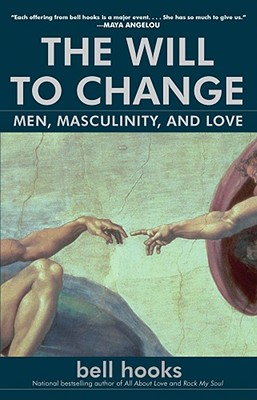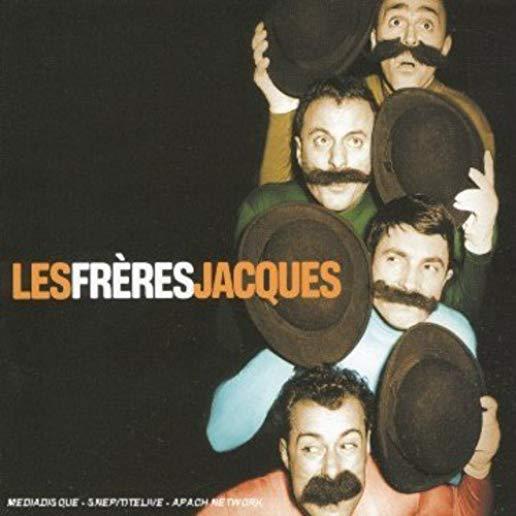
Clark, T. J.
The Paris of the 1860s and 1870s was supposedly a brand-new city, equipped with boulevards, cafés, parks, and suburban pleasure grounds--the birthplace of those habits of commerce and leisure that constitute modern life. Questioning those who view Impressionism solely in terms of artistic technique, T. J. Clark describes the painting of Manet, Degas, Seurat, and others as an attempt to give form to that modernity and seek out its typical representatives--be they bar-maids, boaters, prostitutes, sightseers, or petits bourgeois lunching on the grass. The central question of The Painting of Modern Life is this: did modern painting as it came into being celebrate the consumer-oriented culture of the Paris of Napoleon III, or open it to critical scrutiny? The revised edition of this classic book includes a new preface by the author.
member goods
listens & views

SACRED CHORAL MUSIC
by LEIGHTON / CHOIR OF ST JOHN'S COLLEGE / ROBINSON
COMPACT DISCout of stock
$18.49

PRECIOUS LORD: SONGS OF THOMAS ...
by PRECIOUS LORD: SONGS OF THOMAS A DORSEY / VARIOUS
COMPACT DISC$7.99





